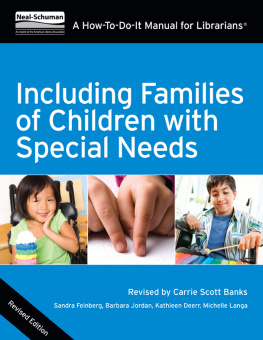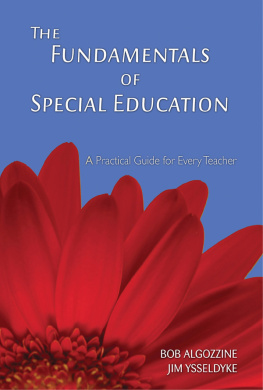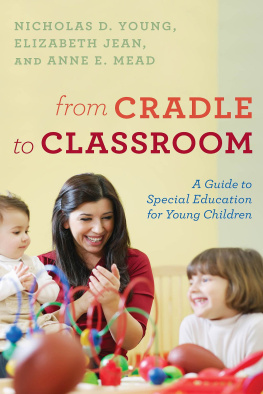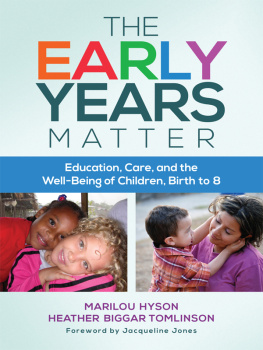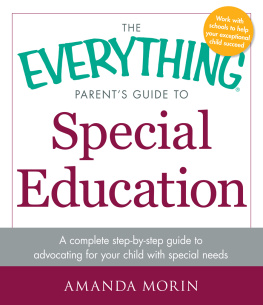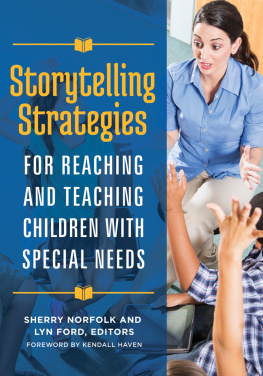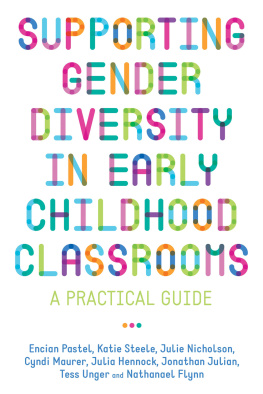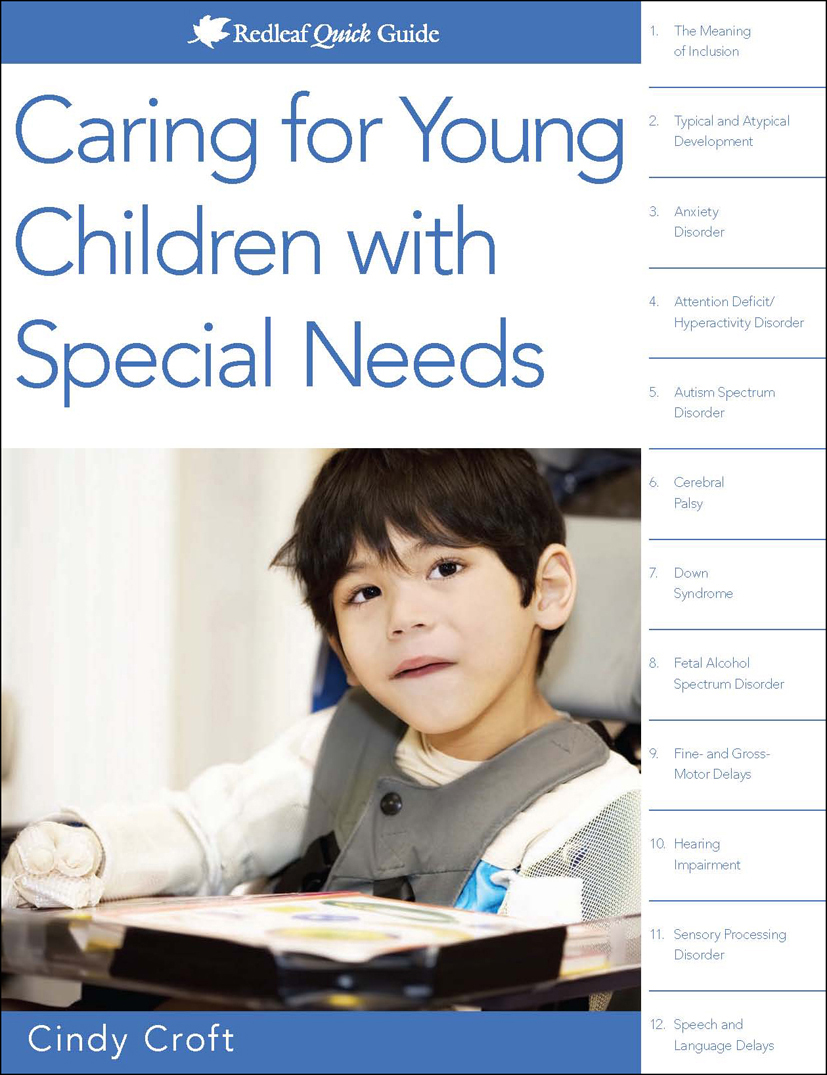
The author and Redleaf Press have made every reasonable effort to ensure that the information in this book was correct at press time. The author and Redleaf Press do not assume, and hereby disclaim, any liability to any party for any loss, damage, disruption, or injury caused by errors or omissions, whether such errors or omissions result from negligence, accident, or any other cause. The user of this book is reminded to choose activities and approaches that are developmentally appropriate for the childrens ages and their physical and social-emotional capabilities. Children should never be left unattended and responsible adults should observe appropriate safety and caution at all times.
Published by Redleaf Press
10 Yorkton Court
St. Paul, MN 55117
www.redleafpress.org
2017 by Redleaf Press
All rights reserved. Unless otherwise noted on a specific page, no portion of this publication may be reproduced or transmitted in any form or by any means, electronic or mechanical, including photocopying, recording, or capturing on any information storage and retrieval system, without permission in writing from the publisher, except by a reviewer, who may quote brief passages in a critical article or review to be printed in a magazine or newspaper or electronically transmitted on radio, television, or the Internet.
First edition 2017
Cover design by Jim Handrigan
Cover photo by Jaren Wicklund, Getty Images/iStockphoto
Typesetting by Douglas Schmitz
Typeset in Signo and Avenir
Library of Congress Cataloging-in-Publication Data
Names: Croft, Cindy, author.
Title: Caring for young children with special needs / Cindy Croft.
Description: St. Paul, MN: Redleaf Press, [2017] | Series: Redleaf quick guides | Includes bibliographical references.
Identifiers: LCCN 2016028151 (print) | LCCN 2016048243 (ebook) | ISBN 9781605545059 (e-book)
Subjects: LCSH: Children with disabilities--Services for. | Child development. | BISAC: EDUCATION / Special Education / General. |
EDUCATION / Inclusive Education. | FAMILY & RELATIONSHIPS / Children with Special Needs. | EDUCATION / Preschool & Kindergarten.
Classification: LCC HV888 .C76 2017 (print) | LCC HV888 (ebook) | DDC 362.4083--dc23
LC record available at https://lccn.loc.gov/2016028151
To the Center for Inclusive Child Care staff, Priscilla Weigel and Dea Anderson, for
their passion and commitment to seeing that all children are successfully included
in early childhood settings.
To my granddaughter Penelope, who is showing me the wonder and joy of early
childhood development all over again.
Table of Contents
Guide

CONTENTS



All children are children first. They are children before they are anything else, including the impressions they give one another by how they look, how they learn, or how they act. As caregivers, we need to acknowledge the fundamental truth that all children are worthy simply because they are. Though children are different in many ways, we can honor their differences as well as the similarities that tie themand ustogether.
Young children with and without special needs share many commonalities in addition to their own particular personalities and characteristics. As educators, our work is to celebrate each child as unique and, at the same time, build an ever-adapting early childhood environment that promotes belonging, tolerance, and acceptance. This book will describe specific disabilities and early childhood programming adaptations that address these disabilities. The goal is to guide educators in the philosophy of universal design for learning (UDL). In UDL, the classroom environment is set up so young children can learn through multiple experiences. It is an ongoing, flexible process that constantly adapts to childrens learning needs.
When we consider caring for young children with special needs, we first need to understand what is meant by the term special needs.
Special needs is a term that can be used to describe disabilities in a broad scope. The Americans with Disabilities Act (ADA) defines disability as anything that interferes with life functions such as learning, speaking, walking, and relating to others (ADA 2009). Special needs, defined more narrowly, are assessed disabilities, which have to meet specific medical or educational criteria. For instance, cerebral palsy and Down syndrome are medical diagnoses. Special education law establishes thirteen categories of disability, including learning disabilities and autism.
Disability is a legal term under the ADA, which defines a person with a disability as someone who has a physical or mental impairment that substantially limits one or more major life activity, who has a record of an impairment, or who is perceived as having an impairment (ADA 2009).
Special needs and disabilities are terms that will be used interchangeably in this book to refer to conditions that affect a childs learning, development, or relationships with others, especially peers. However they are used, it should be clear to the early childhood educator that disabilities do not define who children are. Rather, a disability is an important characteristic of a child, much like temperament or ethnicity. A special need or disability is one thing that makes a child unique, combined with all the childs characteristics.
When we recognize that we all have differing strengths and needs, we can grow toward greater awareness and tolerance of one another and, more importantly, toward acceptance of our differences. This acceptance is especially critical in the early childhood years, when young children are forming impressions of others. For each child, these impressions form an important lens for viewing the world as the child grows into adulthood.
Inclusion means that children with and without special needs are learning, playing, and working alongside one another in the same settings. Inclusion relies on the following ideas:
Young children learn from one another by being with one another.
All children must have opportunities to belongto be integral members of their child care communities.
Inclusion gives all children the chance to understand others experiences in ways that help them see that they are truly more alike than different.
The first chapter of this book explains the concept of inclusion in detail. But its foundation is the core philosophy that each child, with or without disabilities, has unique learning needs that can be met through the ongoing adaptations of developmentally appropriate practice and universal design of learning. Inclusion is as much an attitude as it is a practice. When early childhood care providers see a child in the context of the childs wholeness and not just through the lens of the childs disability, they can then see the possibilities in program and activity modifications. Inclusion becomes the lens. It leads providers to ask, How does my program adapt to meet this childs unique needs while ensuring everyone belongs and feels accepted? The goal of this book is to give concrete tools for including young children with specific disabilities into high-quality early childhood programming.


